Some of my most blissful hours over the last couple of years have been spent lying in a hammock. This would be less surprising if I didn’t live in an old Brooklyn apartment building where the tenants are not allowed to use the back yard. Yes, I’m a little eccentric.
Green Dome Garden, Williamsburg, Brooklyn. Photo by Wally Gobetz. Creative Commons License.
Like most people who work at UncommonGoods, I’m also more than a little obsessed with sustainability. One hot night a couple of summers ago, some friends and I were chatting in a neighborhood garden. I told them I’d been trying to think of ways to stay cool in the summer without using a lot of electricity.
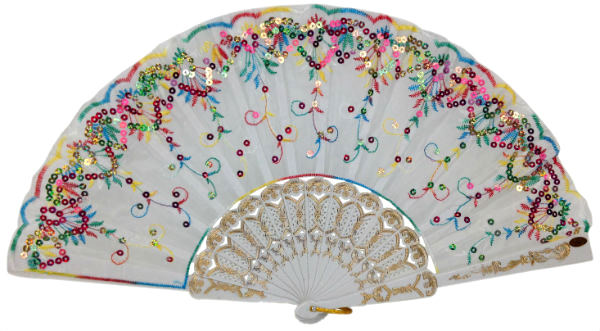 I’d installed ceiling fans in my apartment, and now carried a handheld folding fan with me everywhere. “They’re underrated!” I stolidly affirmed.
I’d installed ceiling fans in my apartment, and now carried a handheld folding fan with me everywhere. “They’re underrated!” I stolidly affirmed.
Plant and hammock enthusiast Amir Yarkoni, co-creator of the Green Dome Garden. Photo by Meredith Chesney. Used by permission.
“Hammocks!” declared Amir. “Hammocks are the best! The air can circulate around you and it keeps you cool!”
Yes! A hammock! I needed one immediately. Wanting eclipsed reasoning. I didn’t bother to wonder where I’d hang it in my apartment, with its flimsy, sheetrock walls.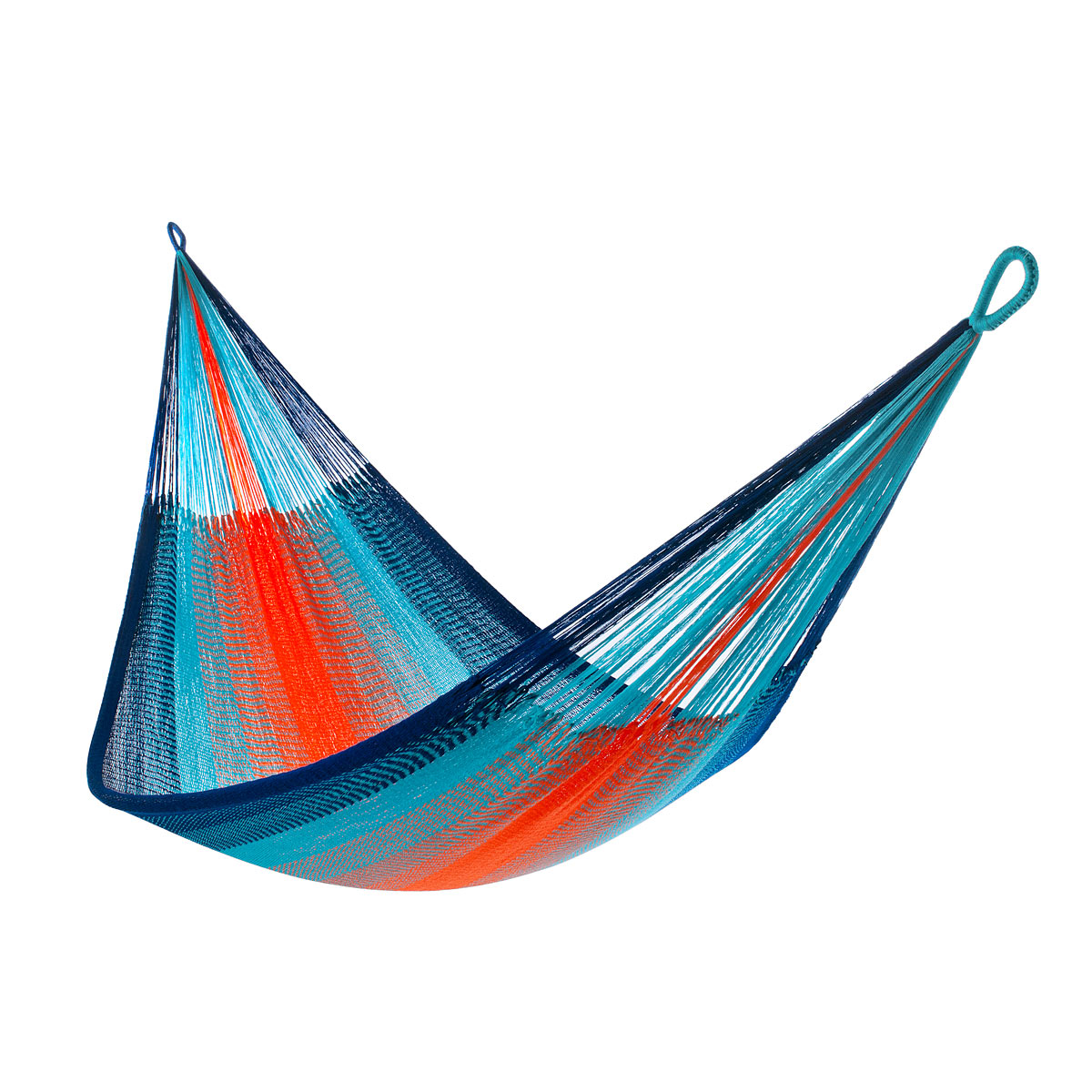
Photo courtesy Yellow Leaf Hammocks.
We sell hammocks at UG. I’d never looked at ours closely. Now I did. It looked perfect. What Amir had recommended was an open weave Mayan-style hammock (as opposed to Brazilian style, made of tightly-woven fabric).
“The indians sleep in a bed they call an ‘hamaca’ which looks like a piece of cloth with both an open and tight weave, like a net … made of cotton … about 2.5 or 3 yards long, with many henequen twine strings at either end which can be hung at any height. They are good beds, and clean … and since the weather is warm they require no covers at all … and they are portable so a child can carry it over the arm.” –Gonzalo Fernández de Oviedo y Valdés, 1535, Wikipedia. Source: ibiblio.
Hammocks were (probably) invented by aboriginal people of the Caribbean and Central America. UncommonGoods’s Mayan-style hammocks are woven by aboriginal people as well–10,000 miles away, in Thailand.
In a small village in the north Thailand mountains, members of a dwindling, endangered tribe called the Mlabri learned how to make what are arguably the best hammocks in the world. Yet hammocks were never part of their culture. Making and selling them was a brilliant business move to preserve their tribe in the face of unwelcome changes to their traditional way of life.
Mlabri dance in their traditional clothing, loin cloths, 1959. Photo by Boonserm Satrabhaya. Northern Thai Information Center, Chiang Mai University Library.
Mlabri temporary shelter made of fresh leaves, 1959. Photo by Boonserm Satrabhaya. Northern Thai Information Center, Chiang Mai University Library.
Up until a few decades ago the Mlabri tribe lived a nomadic, Stone Age existence in the mountains of Thailand and Laos. Hunter-gatherers who believed farming brought bad luck, they ate roots, wild fruits, and small game. They mostly wore loin cloths. They had no written language. For shelter, they built tiny lean-to’s out of bamboo and banana leaves where they stayed for a week or so until the banana leaves yellowed and shriveled. By then, they would have exhausted the area’s food resources anyway. Their beliefs, as well as necessity, dictated that they move on at that point, and build another temporary shelter somewhere else.
An abandoned Mlabri shelter, with the famous yellow leaves. Photo by Pat Mongkron. Used with permission.
Because all that other people ever saw of them were the dead banana leaves on their little shacks, they called them “Phaw Tong Luang” (the spirits/ghosts of the yellow leaves). (The Mlabri, being real people, prefer not to be called “ghosts,” but they’re fine with the “yellow leaf” part.)
Mlabri in destroyed forest area. Photo by Patrick Aventurier. Used with permission. (http://www.patrickaventurier.com/) Flickr
The tropical jungle where the Mlabri lived began to shrink dramatically during the 1970s. Intense guerilla combat in the area–spilled over from the Vietnam war–along with teak logging and agriculture, destroyed so much forest that the Mlabri eventually couldn’t survive the way they had for nearly a thousand years. Tigers and malaria had always been dangers; starvation was now added to the list. By the 1990s, there were only 300 Mlabri left.
Hmong farmers made them their slaves through a combination of manipulation and force. They schooled them in slash-and-burn agriculture and put them (including children) to work in dangerously pesticide-heavy fields, where they also often ate and slept. Drug traffickers used them; sex traffickers preyed on them; they were made to perform in demeaning faux primitive tourist shows. Not considered citizens by the Thai government because they had no birth certificates, they had no civil rights. Suicide, virtually unknown in the tribe before this, became another danger.
Mlabri women making traditional wild jute bags. They have an open, stretchable weave similar to that of Mayan hammocks.
An American couple, Mary and Gene Long, moved to the area as missionaries in 1978. Horrified by the condition of the Mlabri people, the couple dedicated themselves to helping them. Gene had an “aha” moment after observing some of the women skillfully weaving net bags from wild jute: If these weaving whizzes learned how to make marketable hammocks, maybe they could earn a decent living.
“A Path to Prosperity, The Mlabri People and Yellow Leaf Hammocks”
It worked–though not without causing conflict with the Hmong, who weren’t happy about losing their ultra-cheap laborers. Decades later, after learning not only how to make hammocks, but also some fundamental post-Stone Age things like “What is money?”, the Mlabri have largely liberated themselves from peonage. Hammock weaving provides a 650% increase over average hill tribe wages, enough to move families from subsistence living to the middle class.
Having gained strength and confidence through the improvements in their circumstances, the Mlabri successfully lobbied the Thai government for their civil rights, including citizenship, which bequeaths health and education benefits. Mlabri children can attend school for the first time in the tribe’s history.
Mlabri weavers in their village hammock making center. Photo courtesy of Yellow Leaf Hammocks.
Hammock weaving turned out to be the perfect job for many of the Mlabri, because they can do it at home or in their village hammock center, at times convenient to them, without bosses. Mothers (the weavers are mostly, but not all, women) can work around their childcare schedules. It’s safe and sustainable, both environmentally and economically.
Photo courtesy of Yellow Leaf Hammocks.
Each hammock is woven by hand on a simple loom. It can take up to 7 days, 150,000 loops and 3.5 miles of yarn to create one. Machines can’t take away these jobs because they can’t recreate the Mlabris’ meticulous craftsmanship and special weaves. The tribe has worked with textile engineers to develop weaving designs that improve on the basic Mayan type, and mold-impervious yarn that holds its brilliant colors without fading.
In 2010, a 26 year-old, hammock-loving American, Joe Demin, bought a Mlabri hammock while traveling in Thailand. So smitten was he by the heavenly hang of this hammock, that he took a 600-mile detour into the jungle to meet the tribe. Right then and there in the village, he decided to quit his job and devote himself to amping up sales so that more of the Mlabri could work without seasonal slowdowns (when they’d have to return to slash-and-burn farming). He convinced his girlfriend Rachel Connors to join him, and together they created a company to accomplish that.
To expand the market for the Mlabri hammocks, the duo has worked with organizations like the Unreasonable Institute and Kiva, and like UncommonGoods, is a B Corp.
Photo courtesy of Yellow Leaf Hammocks.
Because Mlabri hammocks are gorgeous, sturdy, and indescribably comfortable, they appeal to people around the globe. Ever-increasing sales now support over 200 weavers.
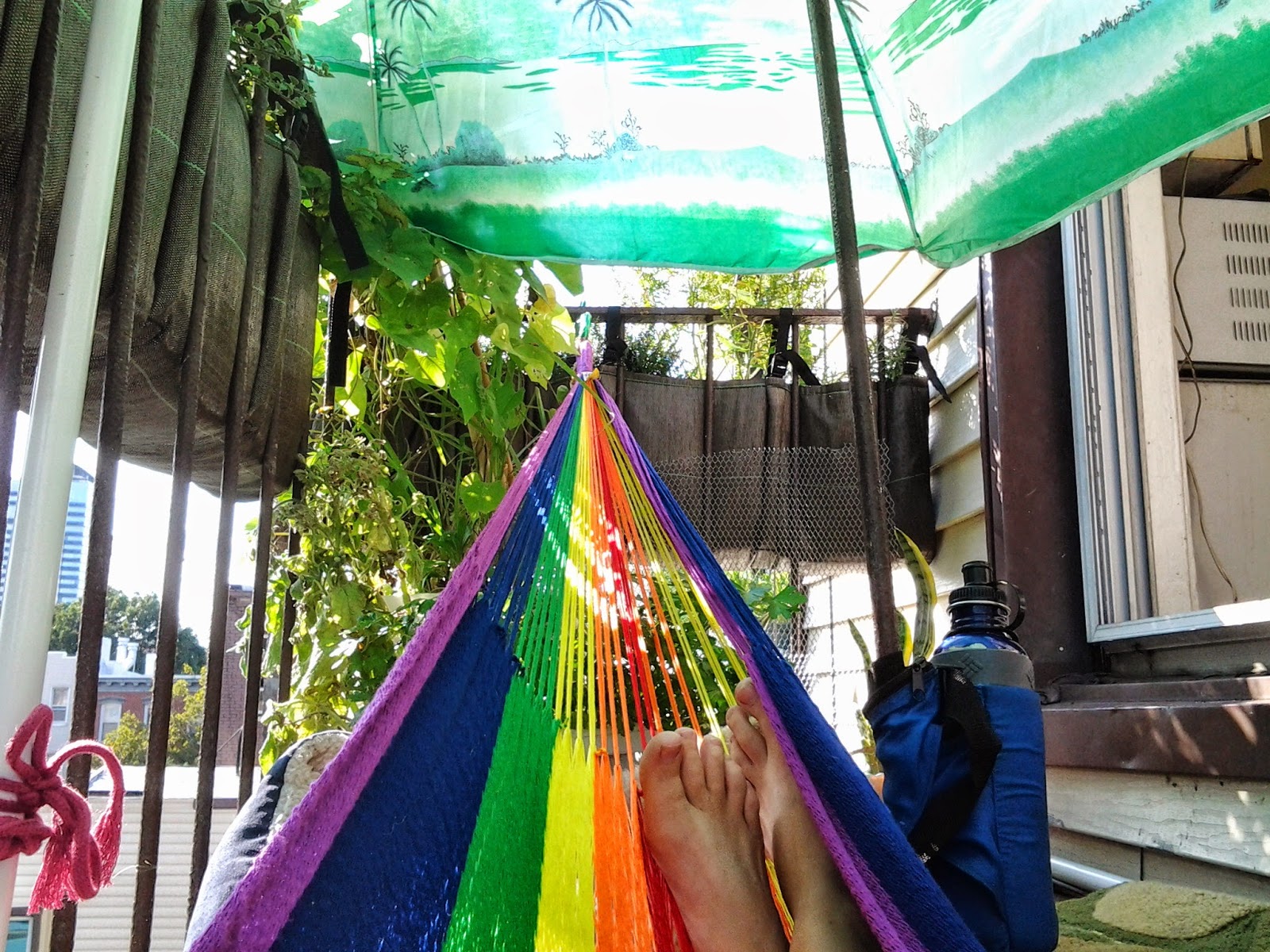
Note: We now sell a different color/pattern, not the one in this photo. Otherwise it’s identical, though.
As for me, Amir was right. On the most unbearably hot, humid summer days, I hang my hammock on my fire escape with a couple of big dollar store carabiners, prop up a cheap beach umbrella (freegan’d from a subway stop where someone had forgotten it) over my head, and bliss out with my tablet. My sweaty skin catches every cooling breeze. The hammock conforms to every part of my body, with no pressure points anywhere. It’s heaven.

My cat Eddie likes to loaf alongside me in the windowsill.
Let others drive for hours to get to the beach or the country; I can’t wait for the weather to warm up enough that I can start up my blissfully comfortable, low-carbon, flip-proof hammock summer lifestyle again. I owe 150,000 thanks–one for each loop–to the skilled Mlabri weavers who make it possible.

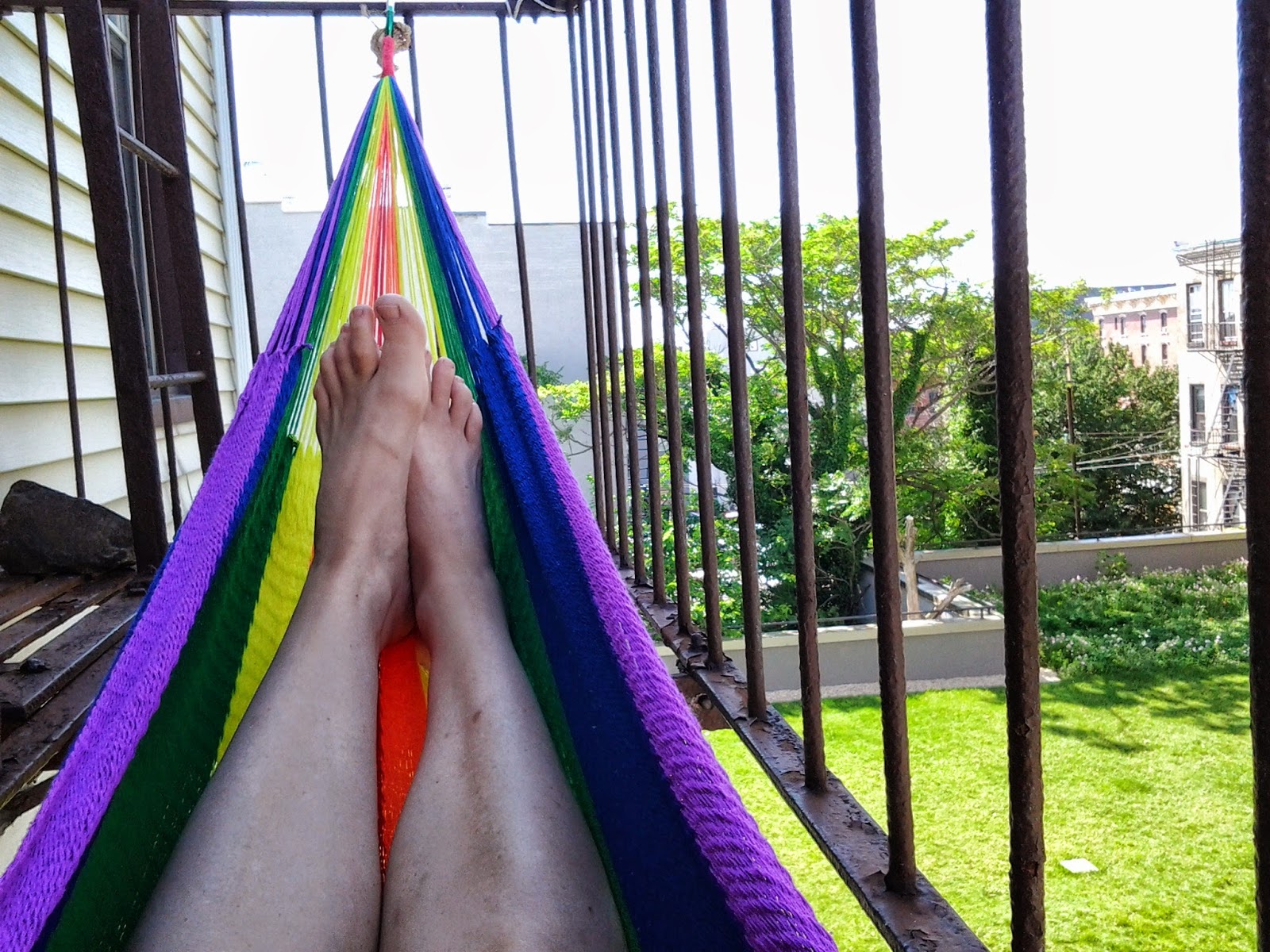
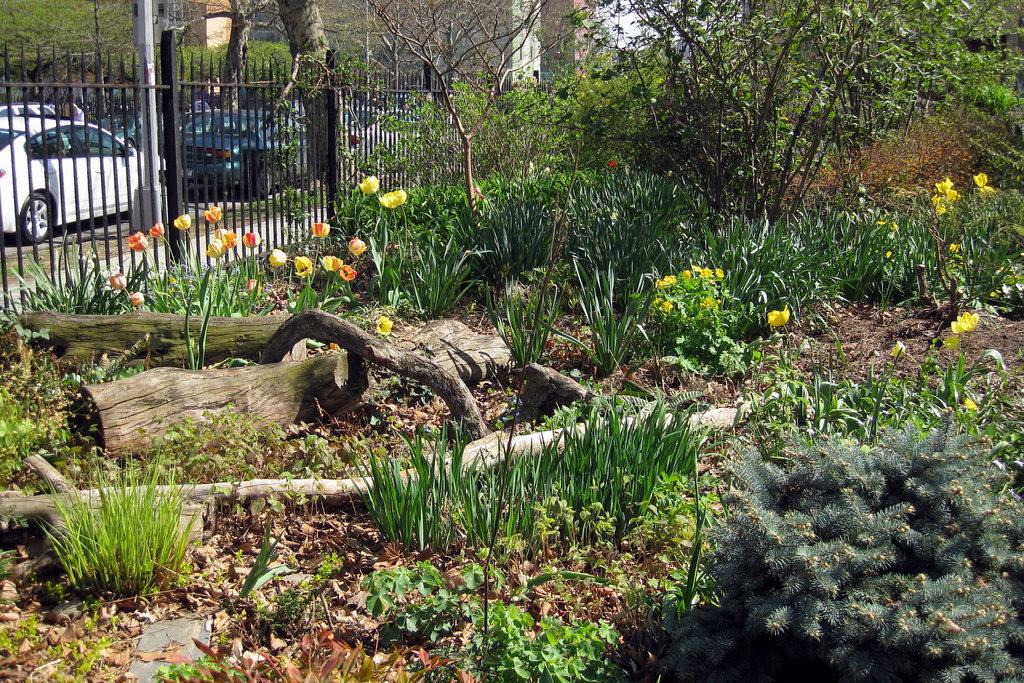
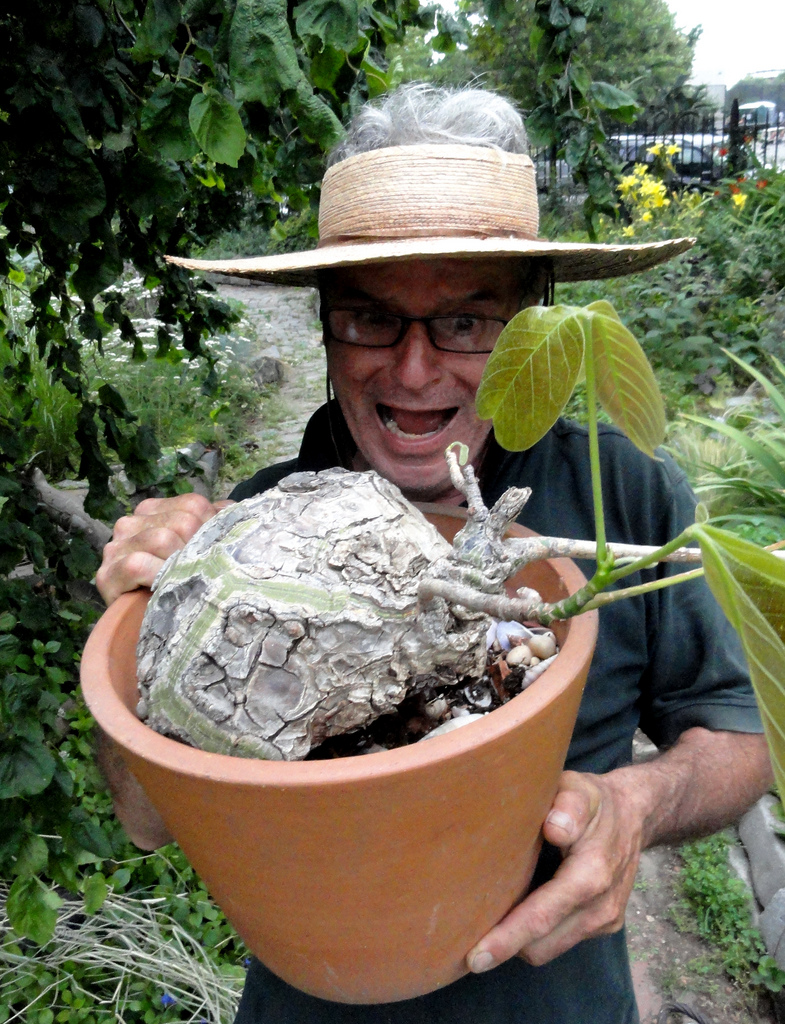
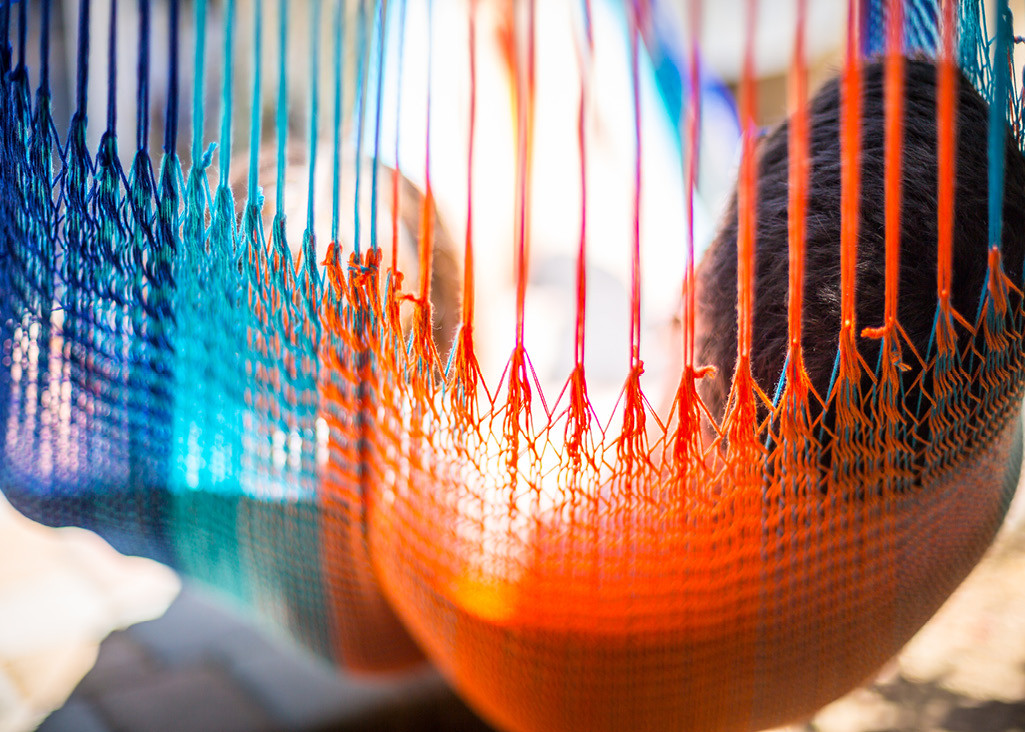
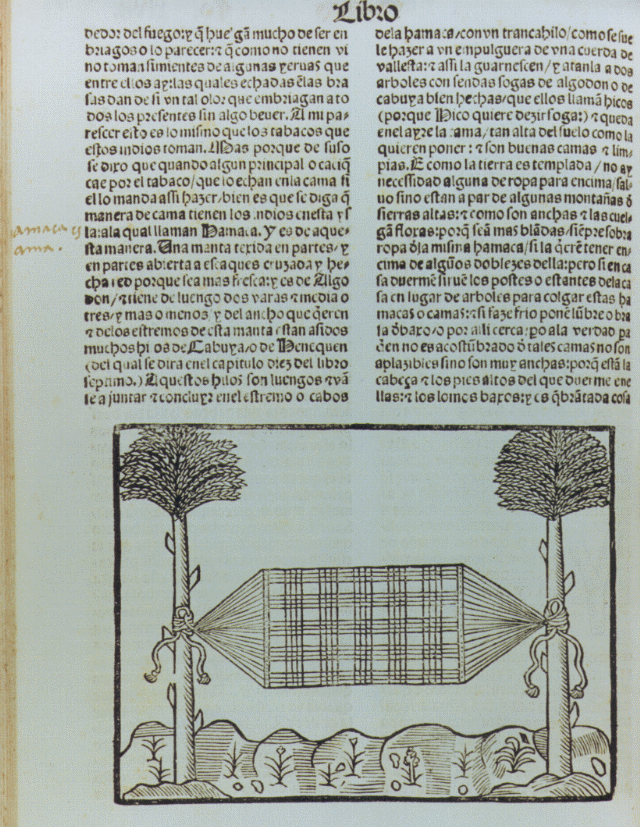
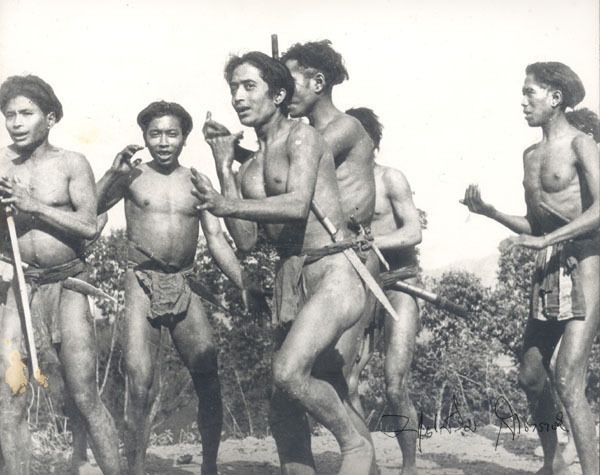
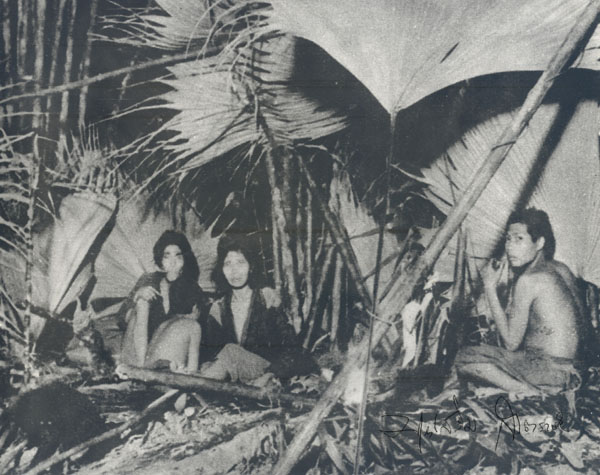
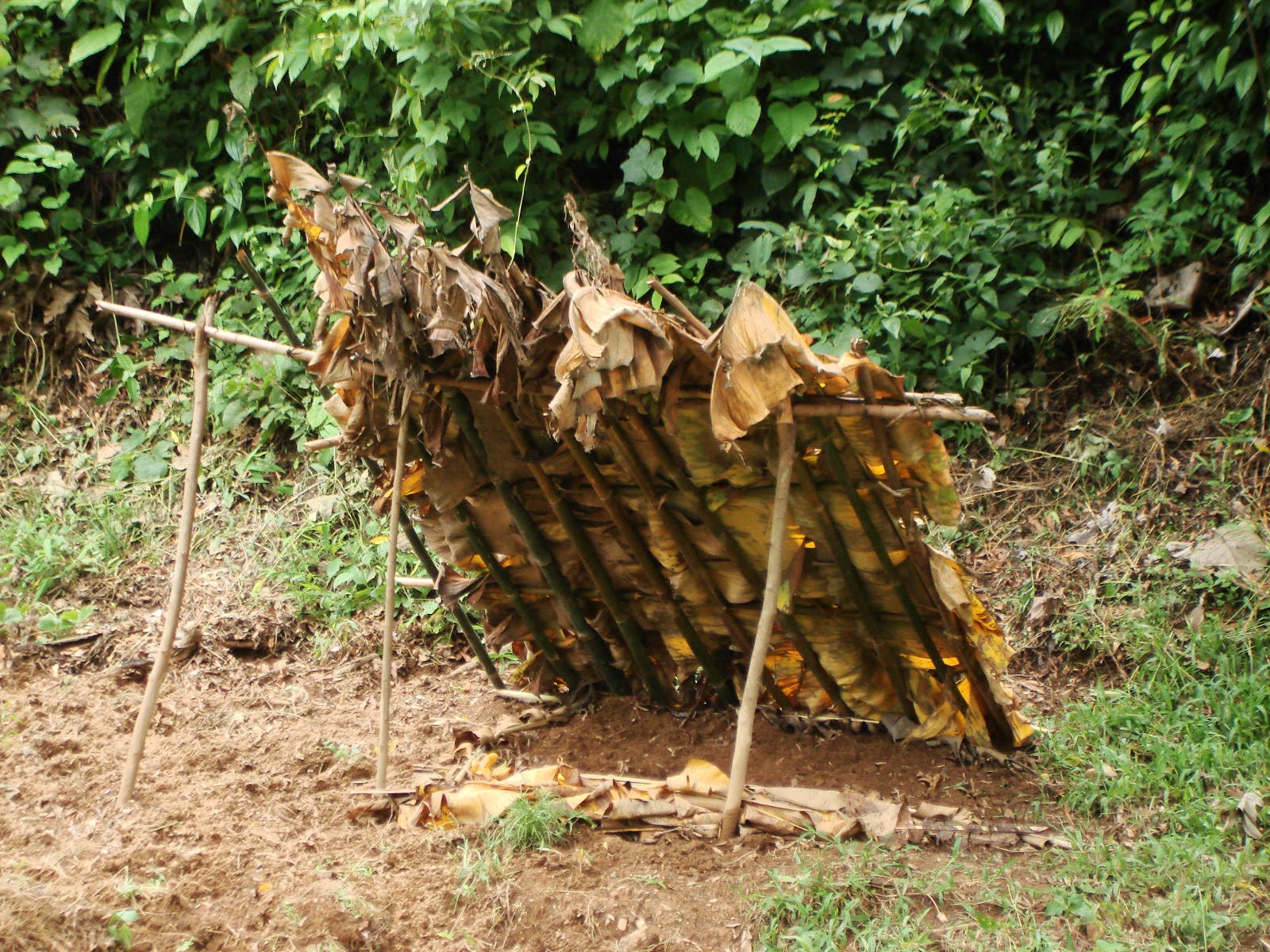
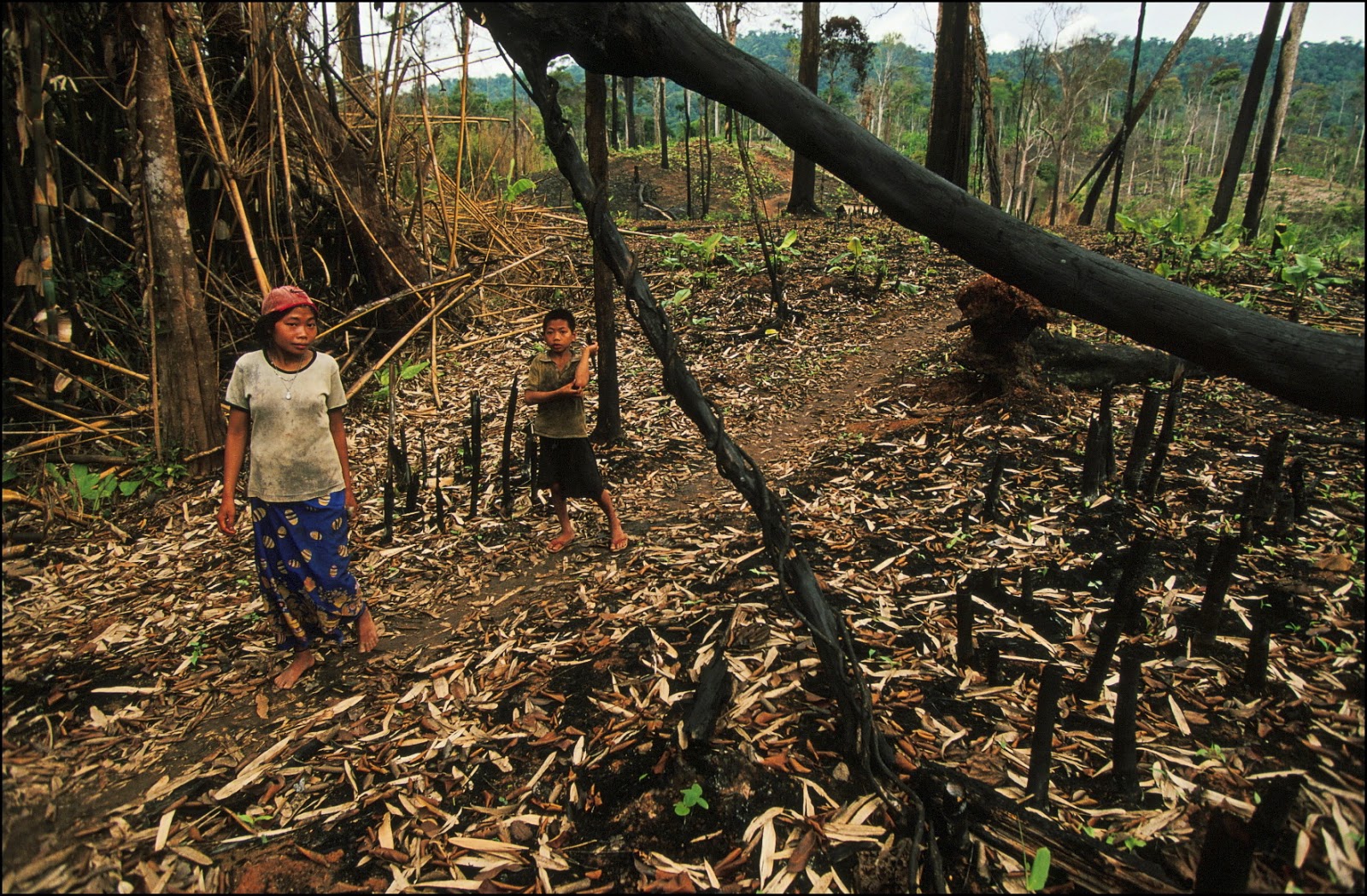
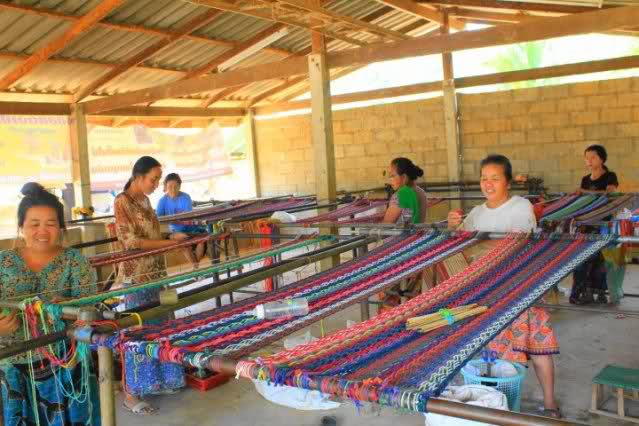
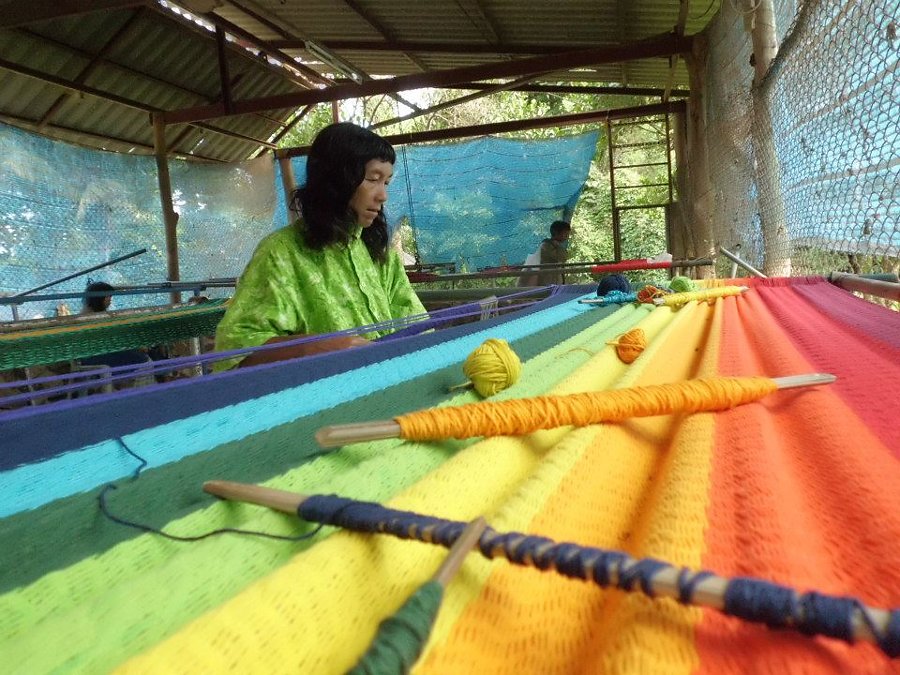
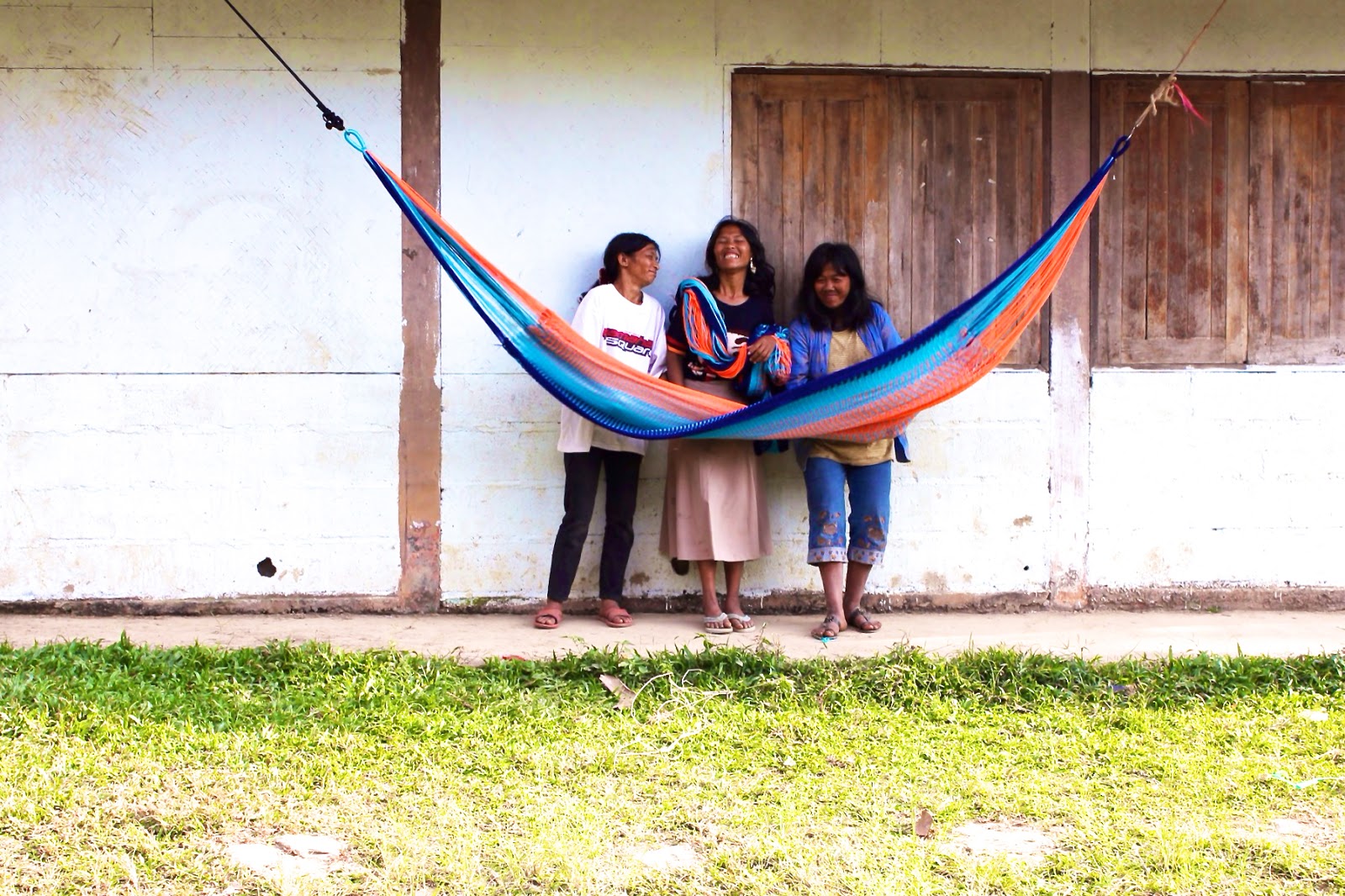

4 Comments
What an interesting story and kudo’s to all the people who took an interest in this tribe along the way towards their freedom from slavery & oppression.
thanks
patty
I would love to know where I can get one.
Living in West Virginia the shopping is very limited,
so would have to be shipped to me. If you have an answer
please advise.
Thank you
Penny Hall
Hi Penny,
The hammock is available here:
http://valorinternationalministries.com/product/do-good-hammock?source=blog_dogoodhammock
Best,
Cassie
[…] hammock for two is handmade in Thailand by artisans. When you buy it, you support the Mlabri tribe, which is trying to recover from the cutting down of its teak forest. The hammock comes with its […]